Laws
| RETURN BACK | ||||||||||||||
|
Sibiu 2007 – Commentary by Dan Dimancescu
|
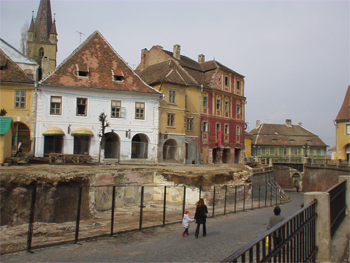 |
Sibiu: European Cultural Capital for 2007“ (more) | ||||||||||||
| Lft: Piata Mica (Sibiu) in 2001
|
||||||||||||||
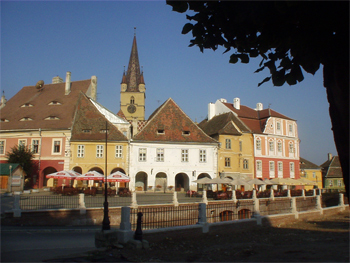 |
||||||||||||||
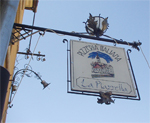 |
||||||||||||||
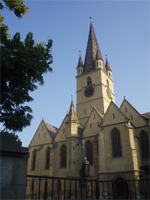 |
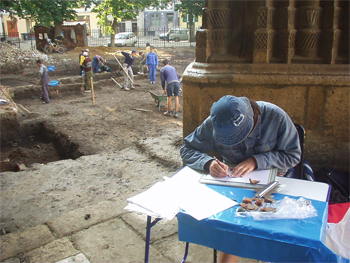 |
|||||||||||||
 |
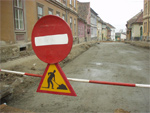 |
|||||||||||||
|
Tp lft: Evangelical/Lutheran Church
|
||||||||||||||
| RETURN BACK | ||||||||||||||
|
Sibiu 2007 – Commentary by Dan Dimancescu
|
 |
Sibiu: European Cultural Capital for 2007“ (more) | ||||||||||||
| Lft: Piata Mica (Sibiu) in 2001
|
||||||||||||||
 |
||||||||||||||
 |
||||||||||||||
 |
 |
|||||||||||||
 |
 |
|||||||||||||
|
Tp lft: Evangelical/Lutheran Church
|
||||||||||||||